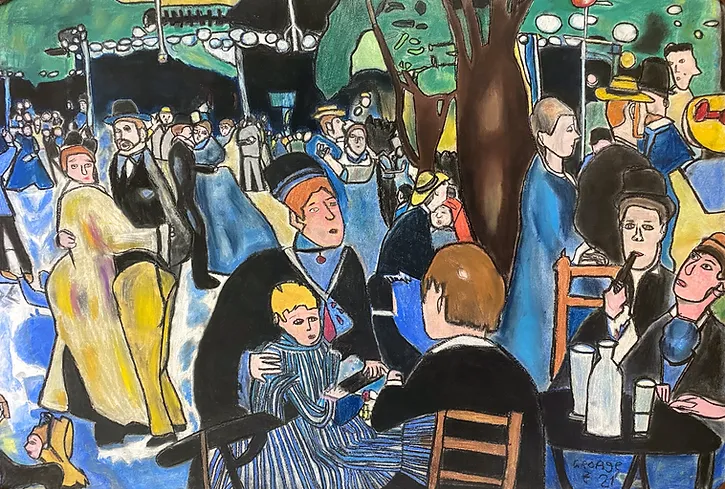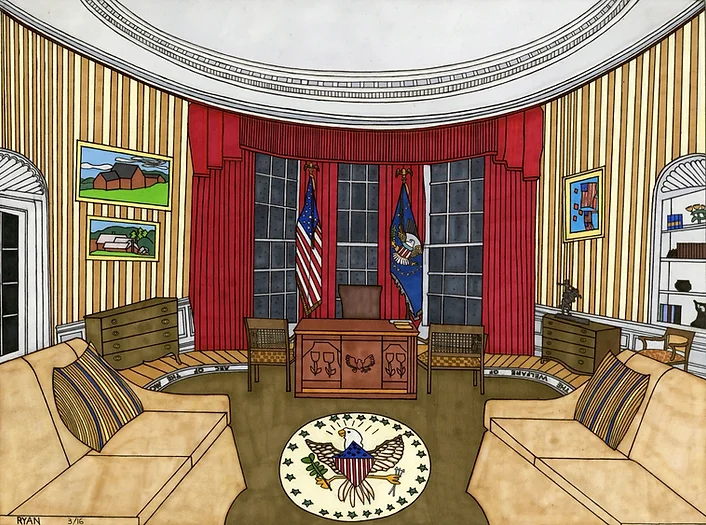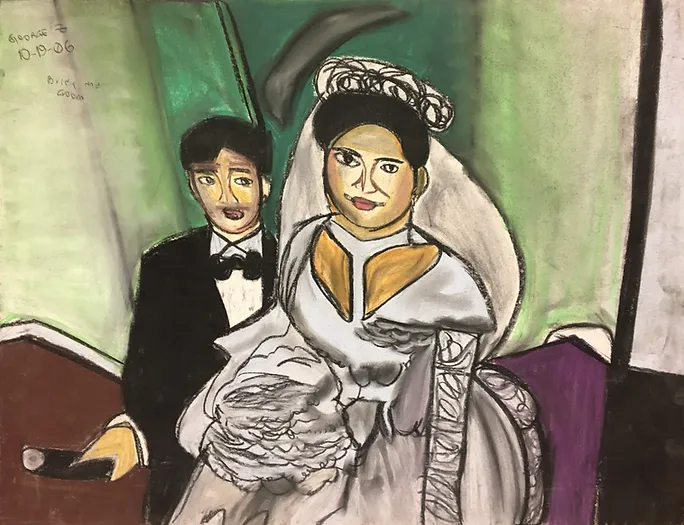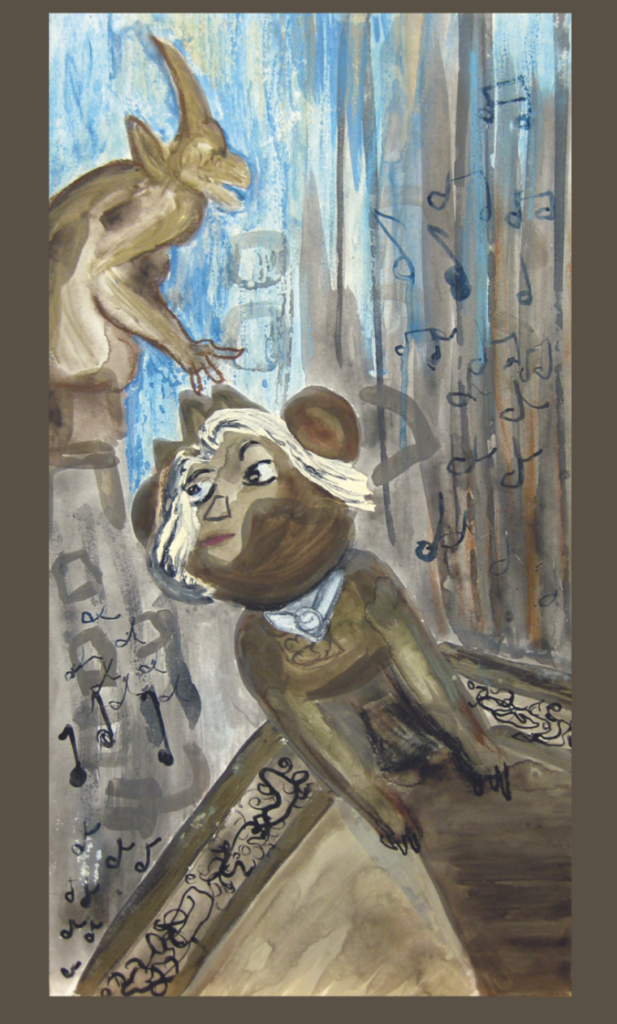
As a university professor in the field of Communication Sciences and Disorders, I conduct various research studies. For several years, I included the study of people with autism who are visual artists in my research agenda. Cleveland State University funded my research with a Faculty Scholarship Initiative grant, and I was able to travel to interview working artists and see exhibitions of artwork, notably at the Outsider Art Fair in New York City. To share what I learned, I presented information about artistic expressions by persons with autism at several professional conferences around the country.
Creating Art
I interviewed over 20 artists, and the general consensus of their opinions was that they enjoy creating art, they have favorite subjects or themes, and they find new subjects mostly by chance. Like many artists, they simply want to represent what they see with their eyes or experience in their imaginations, or what they feel with their other physical senses. Some create art that reflects deeper emotions, such as would accompany a loss.

The interviews revealed that the motivation to create art resides within these people, autism notwithstanding. Being an artist is who they are and what they like to do. Being on the autism spectrum just happens to be something else about them, and it may be beside the point of being an artist.
I can’t conclude that their neurodiversity leads to or underlies their art. Maybe it just exists alongside their art. Neurodiversity may contribute some aptitudes, for example, being able to see the intricate details of their everyday surroundings, or the motivation to explore a subject many times. Neurodiversity doesn’t mean that there’s an absence of commonality with other artists.
Using Artwork as a Way to Communicate

In addition, I realized that sometimes their artwork serves as a way to communicate with others, and sometimes it is separate and apart from any communicative expression. Sometimes art just expresses artistry and is not necessarily a form of communication.
The Internet abounds with information about autism and art. A newer blog on the Guggenheim Museum site describes how art allows people with autism to express the world that they see. That’s basically what I learned from my research, that these artists are sharing the world that they see with their eyes or experience in their minds and hearts.

I’m grateful to the individuals and centers that I visited to conduct my research, especially two sites in Chicago. The website for the Little City Center for the Arts in Palatine, IL has a video about some of their artists who were featured in the documentary Share my Kingdom in 2013. Project Onward of the Bridgeport Art Center in Chicago has an online gallery and store where their artists’ work can be purchased.

